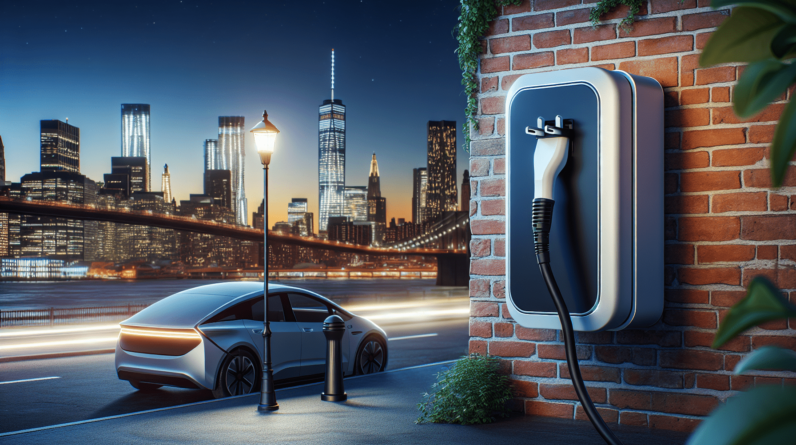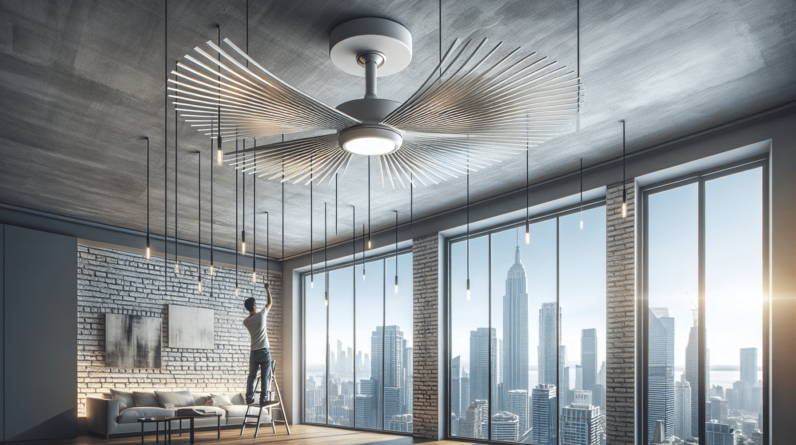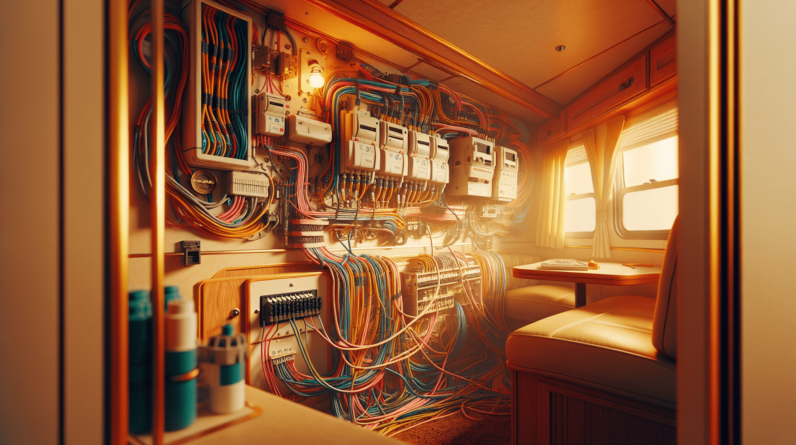

Have you ever thought about how essential proper electrical wiring is in trailer houses? Understanding the fundamentals of electrical wiring not only ensures safety but also enhances your experience while living in or using your trailer house. Let’s break it down!
Understanding Trailer House Electrical Needs
When it comes to living in a trailer house, electrical needs differ from traditional homes. This difference is mainly due to limited space and the unique layout. However, every trailer house needs a reliable electrical system to power lights, appliances, and other essential devices you might use.
The Basics of Electrical Wiring in Trailers
Trailer houses typically operate on 120-volt AC current for standard appliances and lighting. Knowing about the electrical components will help you understand how to maintain your trailer house’s electrical system effectively.
-
Wiring Types: The most common types of wiring used are NM (non-metallic sheathed cable) and UF (underground feeder) cable. NM is often used for dry indoor areas, while UF is appropriate for outdoor applications.
-
Service Entrance: It’s crucial to understand where the power enters your trailer. Typically, electrical wires will connect to a power pedestal, which comes from the grid or a generator.
Key Components of a Trailer Electrical System
Having a clear grasp of the components that make up your trailer house’s electrical system is imperative for success. Here are the main components you should be familiar with:
| Component | Description |
|---|---|
| Circuit Breaker | Protects the electrical system by preventing overloads. |
| Electrical Panel | Distributes electricity from the service entrance to different circuits. |
| Outlets | Allows you to plug in appliances or devices using a standard 120-volt connection. |
| Light Fixtures | Provides illumination throughout the trailer. |
| Grounding System | Protects you from electrical shocks and ensures safety. |
Understanding each component will help you troubleshoot issues should they arise.
Electrical Codes and Regulations
Familiarizing yourself with electrical codes is vital for ensuring safety in your trailer house. In most areas, installations must comply with the National Electrical Code (NEC) or local codes.
Why Compliance Matters
Regardless of where you park your trailer house, following electrical codes is not just about legality; it’s about your safety and comfort. Here’s why compliance is crucial:
- Prevention of Fires: Proper wiring can prevent dangerous electrical fires.
- Protection Against Shock: Following grounding and circuit requirements will minimize risks of electrical shock.
- Insurance and Resale: Insurers may require proof of code compliance, and it could boost your trailer’s resale value.
Always remember: local codes can vary significantly, so it’s essential to check the specific requirements in your area.
Common Code Requirements
| Requirement | Description |
|---|---|
| GFCI Outlets | Ground Fault Circuit Interrupter outlets are required in wet areas such as kitchens and bathrooms. |
| Circuit Breakers | Should be rated to handle the load of the entire trailer house, with appropriate breakers for individual circuits. |
| Proper Grounding | Ensure all systems are grounded correctly to minimize shock risks. |
Being aware of these requirements helps ensure you’re never caught off guard.
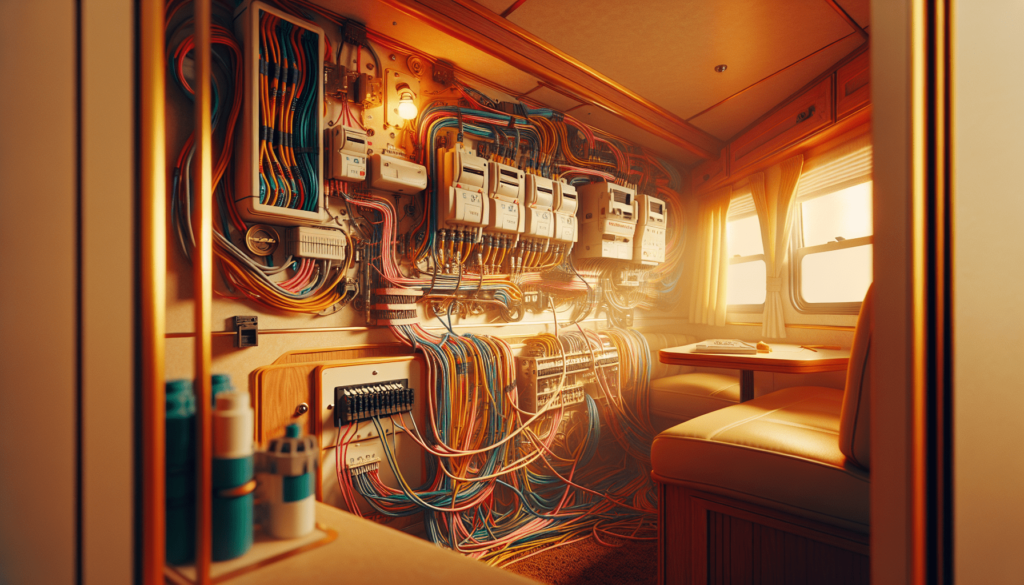
Tools and Materials You Will Need
When working on electrical wiring in trailer houses, having the right tools and materials is essential. Here’s a list that can get you started:
Essential Tools
- Wire Strippers: Useful for stripping the insulation from the wires.
- Screwdrivers: A set of various sizes is crucial for securing connections.
- Voltage Tester: Helps ensure wires do not carry current before you begin work.
- Wire Nuts: These will help securely connect wires together and maintain safe layers.
Materials
- Electrical Wires: Choose the correct gauge wire based on your electrical load.
- Breaker Box: This will contain your circuit breakers and help manage your electrical distribution.
- Outlets and Switches: Pick quality switches for longevity and safety, especially in high-use areas.
With the right tools and materials on hand, you can confidently tackle any electrical tasks in your trailer house.
Planning Your Trailer Wiring Layout
Just like in traditional homes, a solid plan is essential when setting up your trailer house’s electrical wiring. A well-thought-out layout minimizes complications later on.
Mapping Out Circuits and Outlets
Before you begin, sketch out where you want the outlets and circuits. Here’s how to plan effectively:
- Identify Power Needs: List of all the electrical appliances you plan to use and their power requirements.
- Separate Circuits: High-powered appliances (like microwaves) should have dedicated circuits.
- Strategic Outlet Placement: Position outlets in convenient locations. Be mindful of wet areas where GFCI is required.
Example Layout
| Room/Area | Outlet Type | Notes |
|---|---|---|
| Living Room | Standard Outlet | 2-3 outlets, use regular breakers. |
| Kitchen | GFCI Outlet | 2-3 outlets, must be GFCI protected. |
| Bathroom | GFCI Outlet | At least one outlet, must be GFCI protected. |
By organizing your wiring layout, you set yourself up for smoother installation and greater safety.
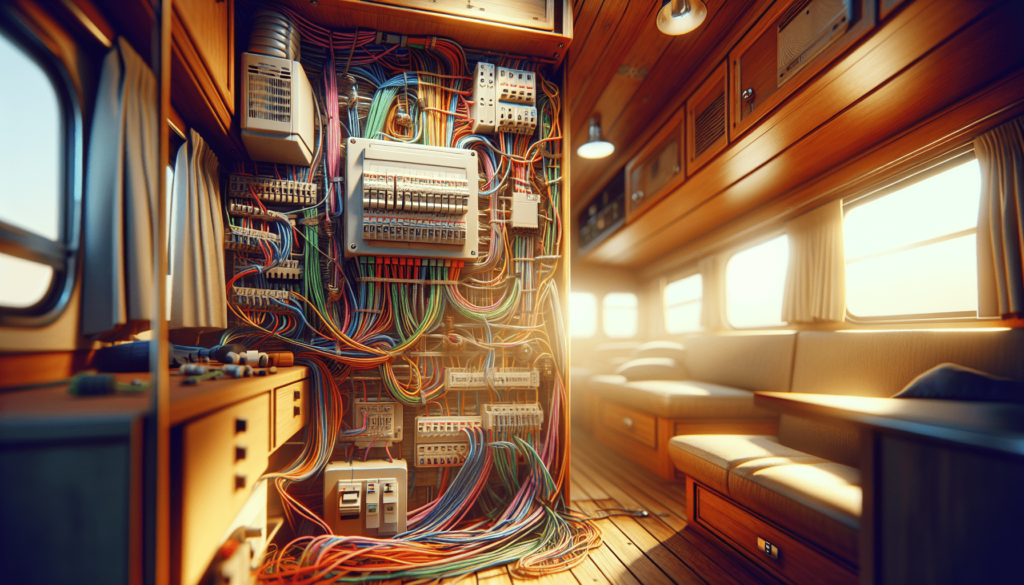
Installing Electrical Wiring
With a plan in hand, it’s time to get into the installation. This process involves careful execution to ensure everything meets safety standards.
Preparing the Space
- Ensure Safety: Before starting, disconnect all power supplies to your area.
- Check for Obstructions: Look for any existing plumbing or structures that may interfere with your wiring.
Step-by-Step Wiring Process
- Run the Wires: Begin feeding your NM or UF cable through to reach the desired outlets.
- Connect to Junction Boxes: Ensure that you’re connecting the wires properly according to your layout (hot, neutral, ground).
- Install Outlets and Switches: Secure the wires to the respective terminals on your outlets and switches.
- Connect Everything to the Breaker Panel: Each circuit should connect to its designated breaker based on your mapping.
Diagram for Understanding Connections
When installing, visual aids can help:
[ Power Source ] | (Breaker Box) |
| | | [Light] [Outlet1] [Outlet2]
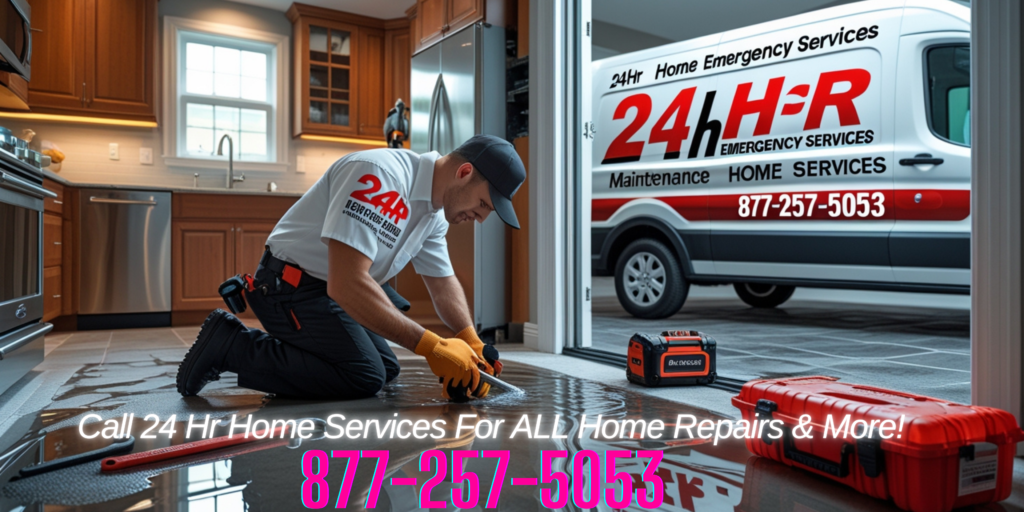
Following these steps helps you establish a solid and safe electrical system in your trailer house.
Troubleshooting Common Electrical Problems
Even with meticulous planning and installation, issues may arise. Let’s discuss some common electrical problems you may encounter in a trailer house and how to fix them.
Flickering Lights
- Causes: Loose wiring or connections can lead to flickering lights.
- Fix: Ensure all bulbs are securely in their sockets, and inspect wiring for any loose connections.
Tripping Breakers
- Causes: Overloaded circuits are a frequent cause for breakers tripping.
- Fix: Reduce the load on the affected circuit by unplugging some devices.
Non-Working Outlets
- Causes: Dead outlets can result from faulty wiring, tripped breakers, or blown fuses.
- Fix: Check your breaker panel for tripped breakers, and test outlets to determine the problem.
Troubleshooting Safety
Always prioritize safety when troubleshooting. If you’re unsure or if the issue persists, consult a professional to avoid any hazards.
Maintenance Tips for Your Electrical System
Maintenance plays a vital role in ensuring your trailer’s electrical system remains safe and effective. Regular checks can save you from future disasters.
Regular Inspections
- Every 6 Months: Inspect outlets and cords for visible wear or damage.
- Annually: Check your breaker box for signs of overheating or corrosion.
Cleaning Connections
Dust and dirt can cause unwanted resistance in electrical connections. Regularly clean all outlets, switches, and wiring junctions.
Replacing Worn Components
If components like outlets or switches show signs of wear, don’t hesitate to replace them. It’s a small measure that can prevent bigger issues down the line.
Upgrading Your Electrical System
Are you finding your current electrical system inadequate? If so, upgrading might be necessary.
Why Upgrade
- More Appliances: If you’re adding more appliances or devices, your current system may not suffice.
- Safety Improvements: Older systems may not comply with current codes and can pose risks.
Upgrade Process
- Assess Your Load Needs: Determine your new electrical needs by adding up the total wattage of all devices.
- Choose a Bigger Breaker Panel: Make sure your new panel can handle the increased load.
- Hire a Professional: For extensive upgrades, consider hiring a licensed electrician to ensure compliance with safety regulations.
Conclusion: Bringing It All Together
Understanding trailer house electrical wiring extends far beyond just connecting wires. It involves knowing your electrical needs, ensuring compliance with codes, proper planning, and thoughtful installation. Regular maintenance and troubleshooting can keep your system running smoothly and safely.
With this knowledge, you’re better equipped to create or maintain an efficient electrical system in your trailer house. Remember, safety should always be your top priority. Happy wiring!



